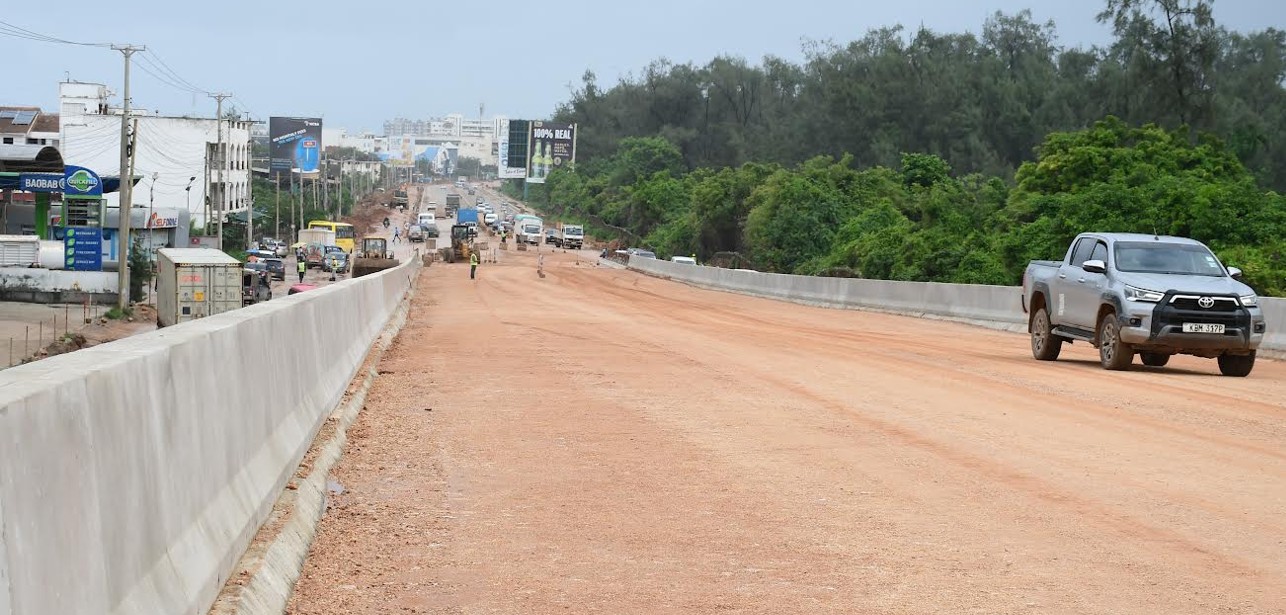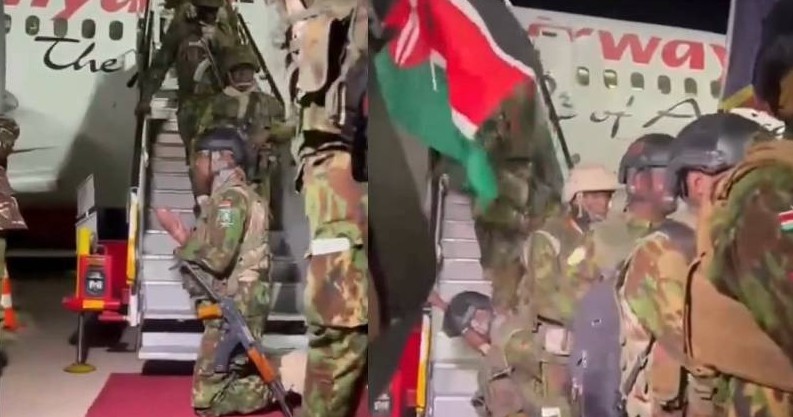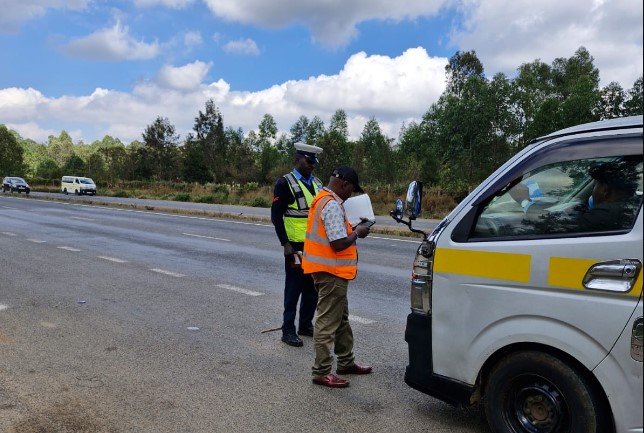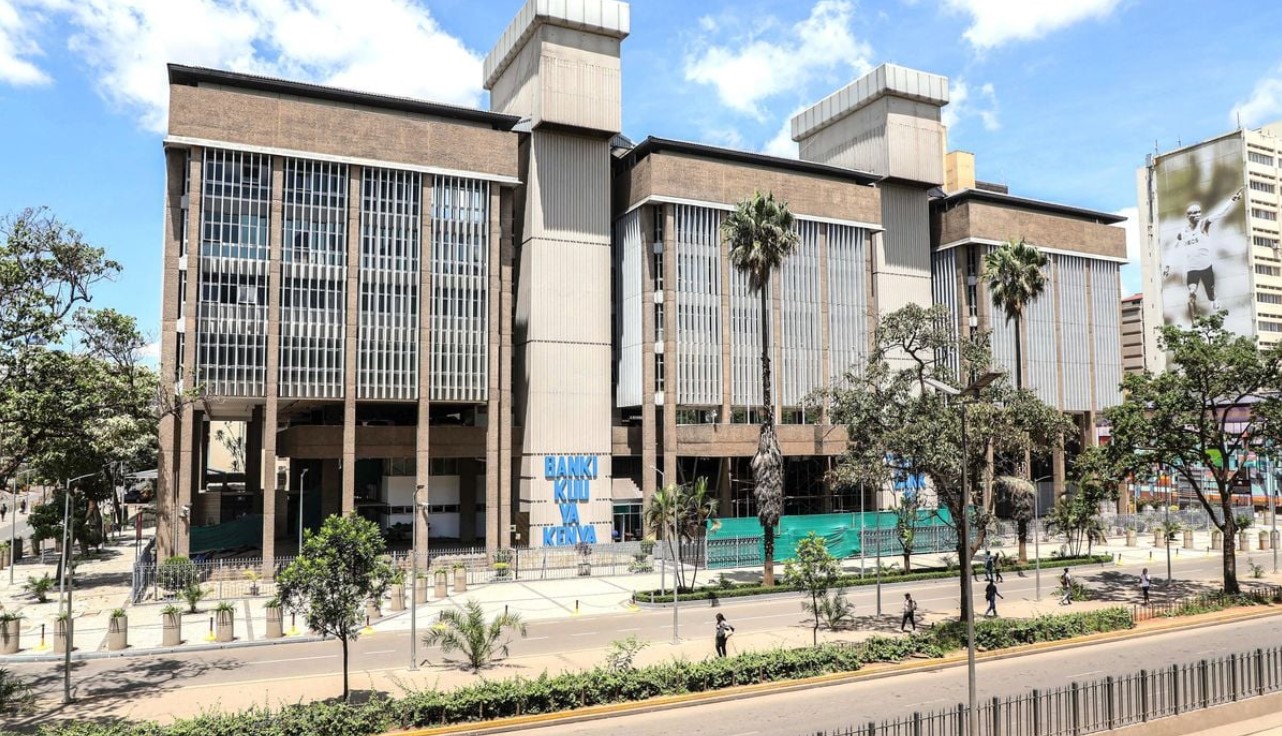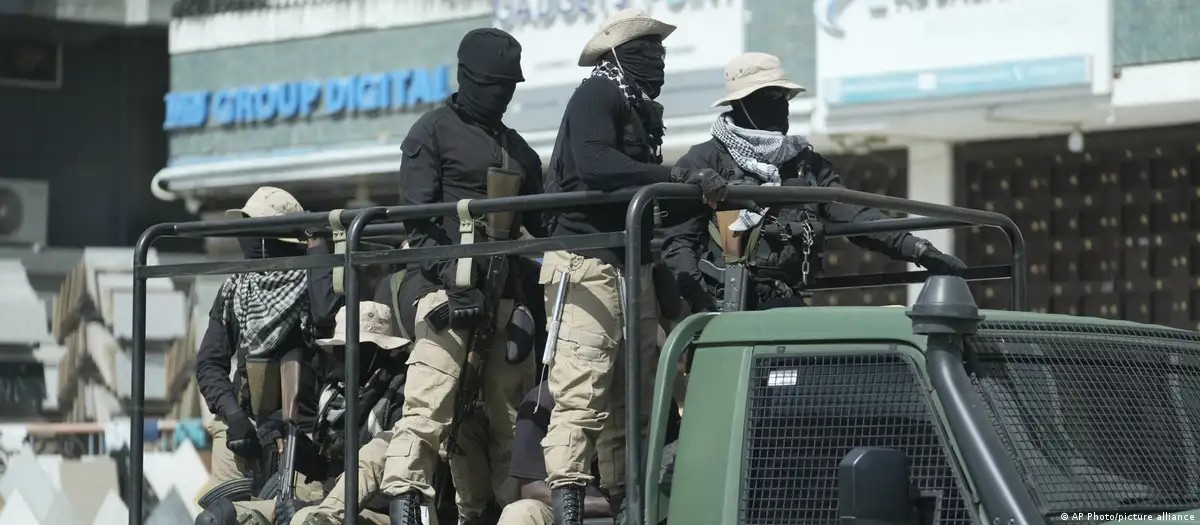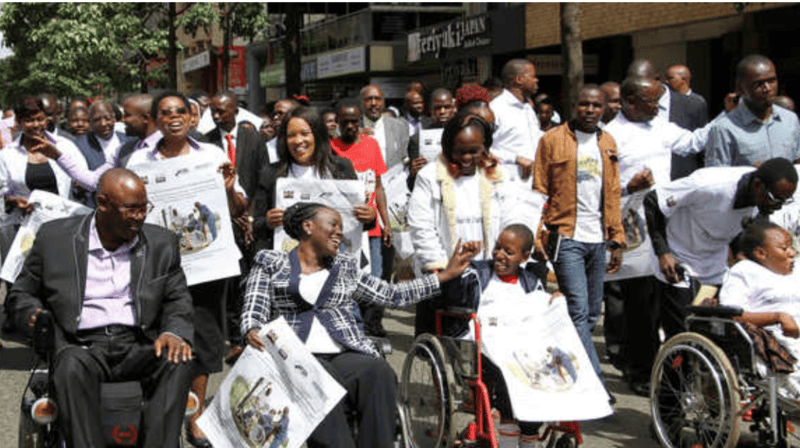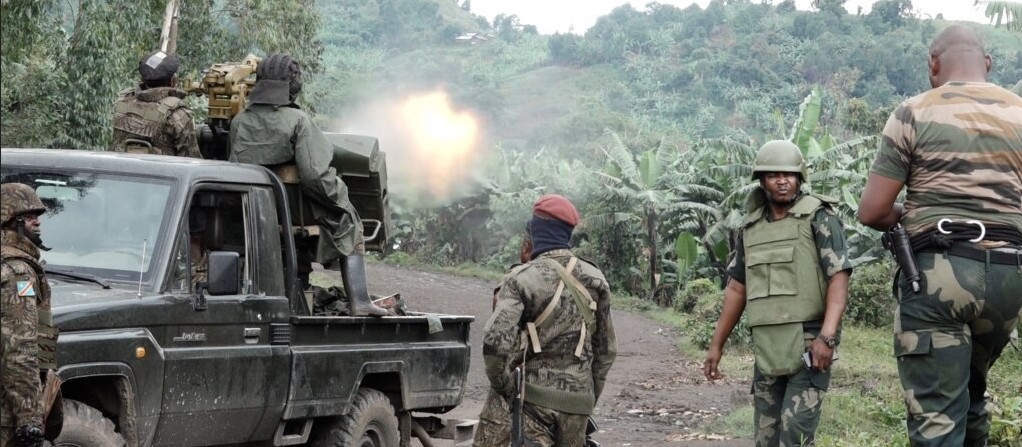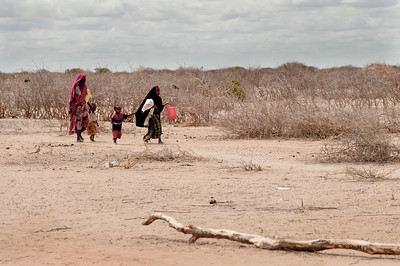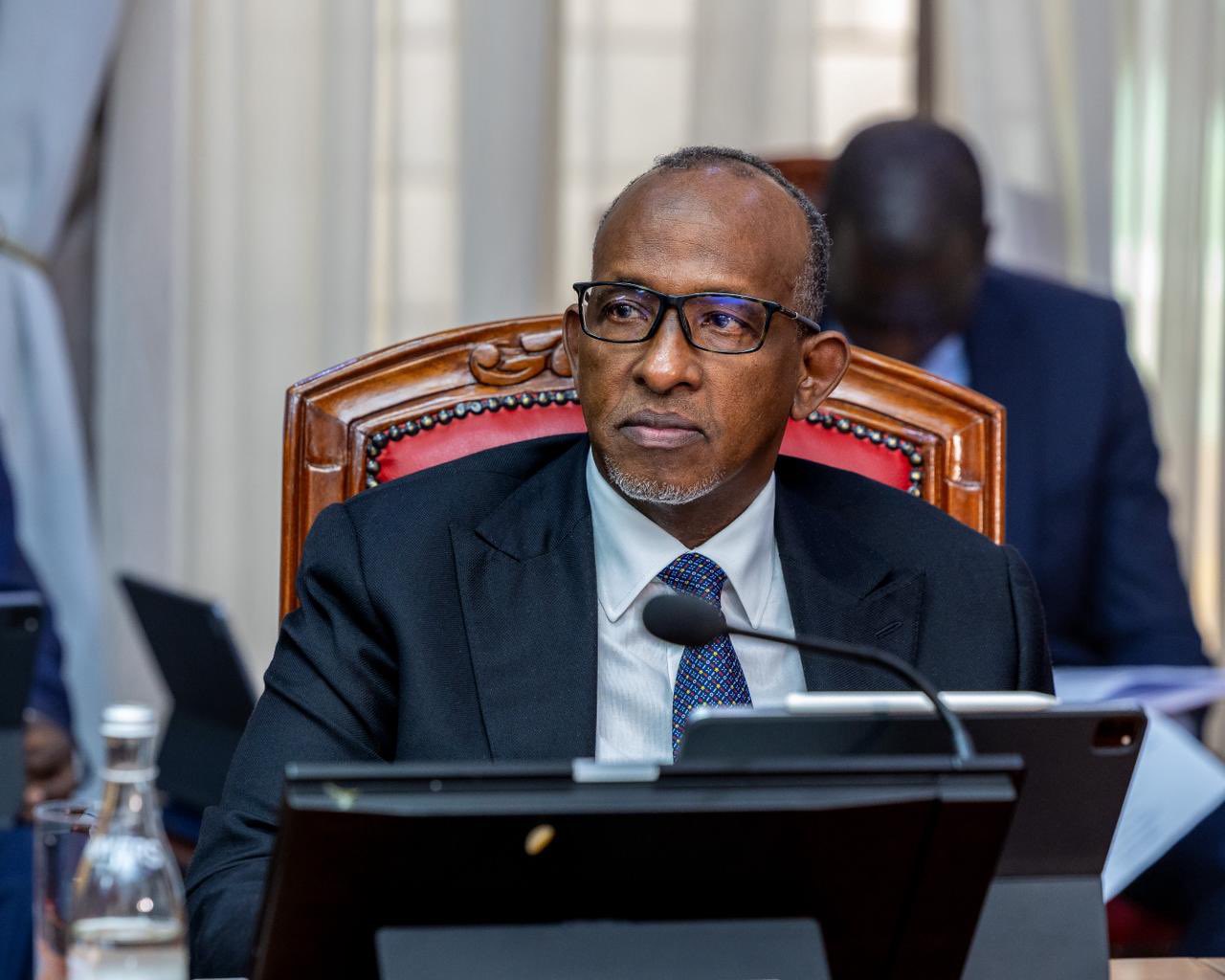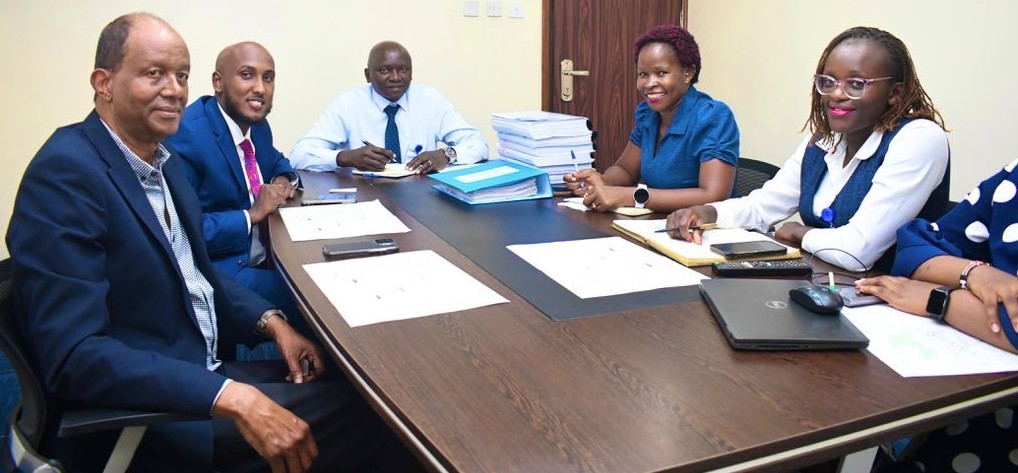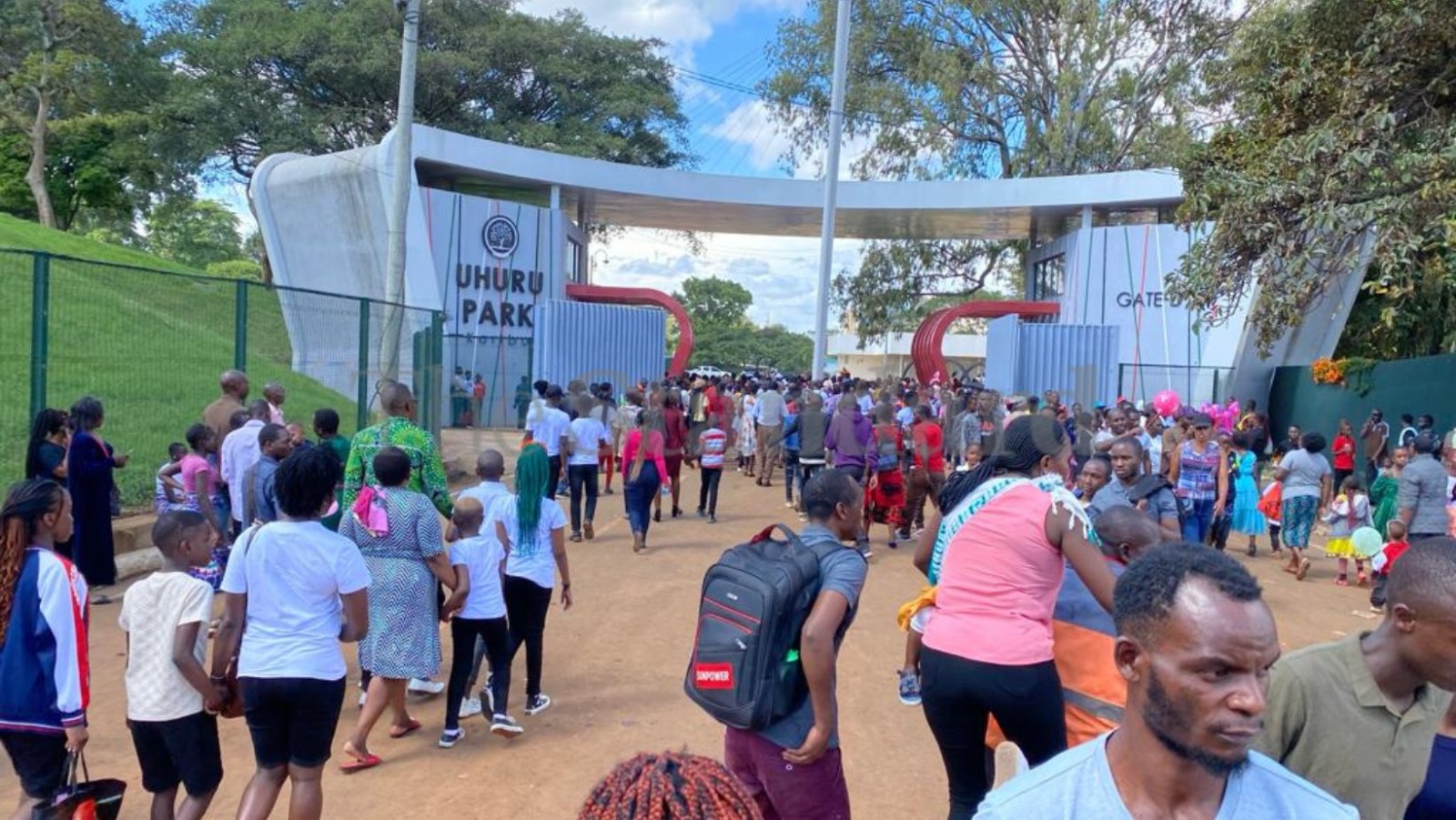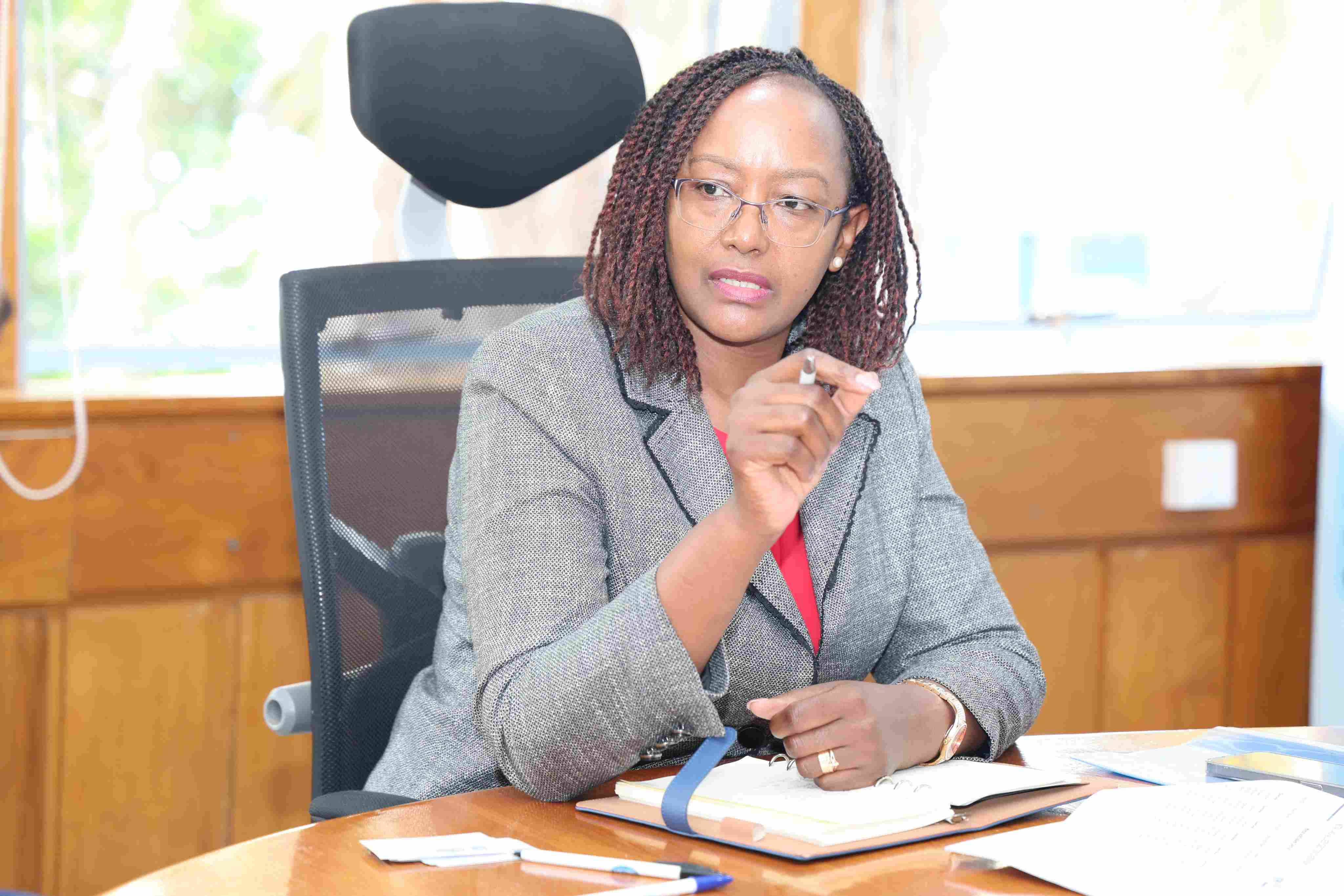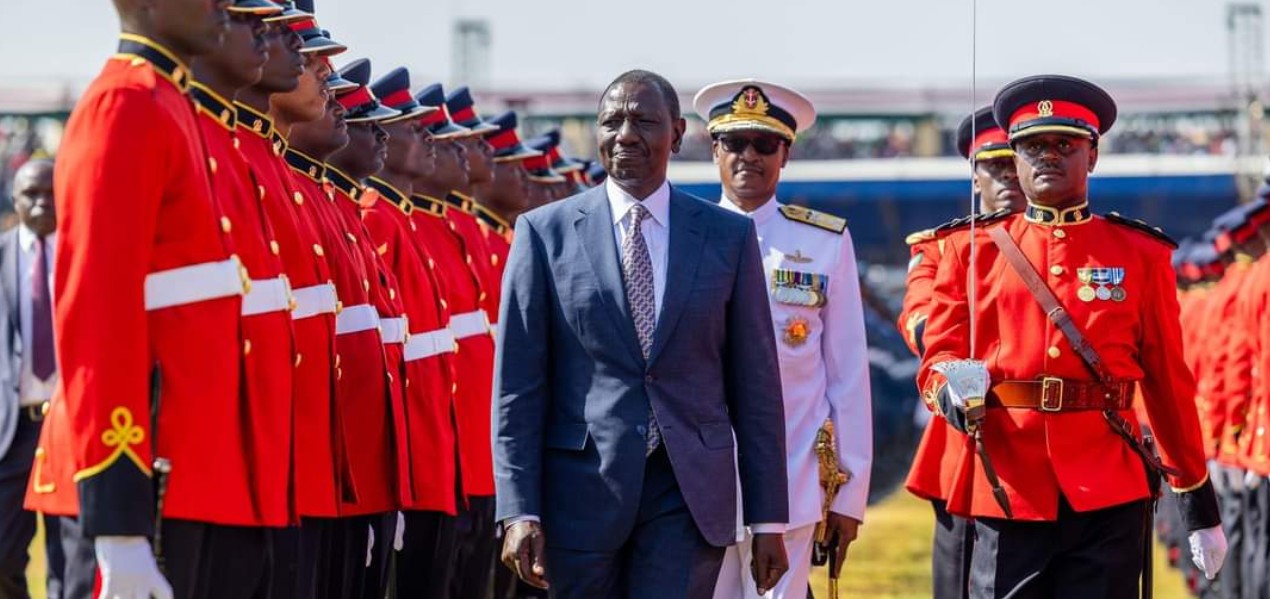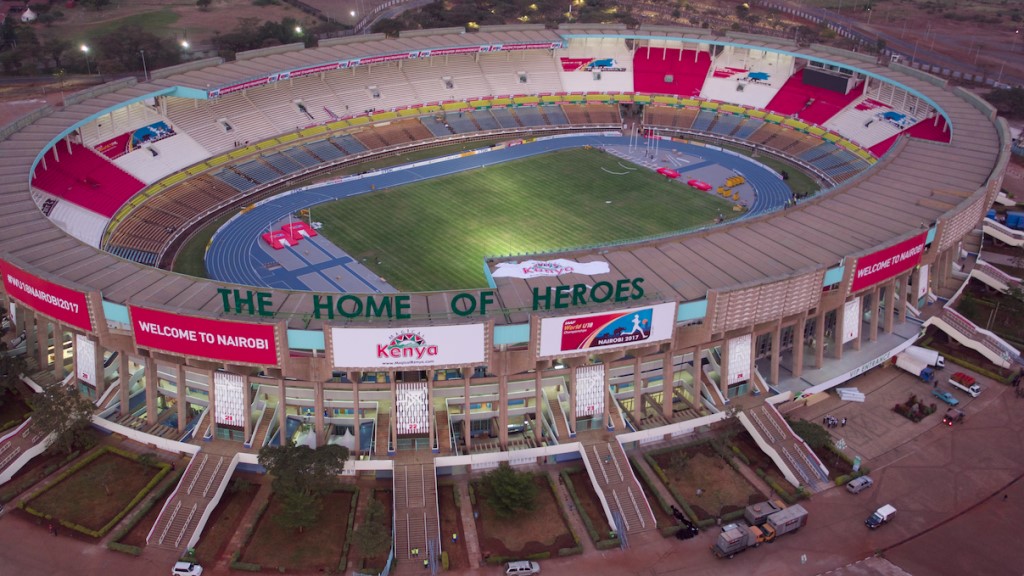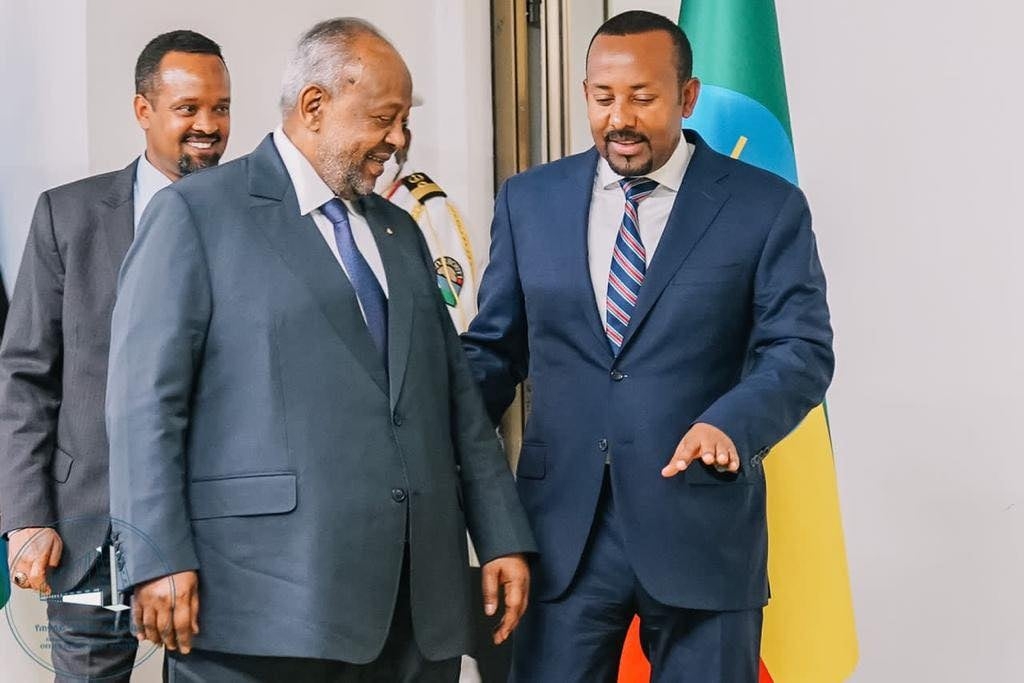Road infrastructure top priority for North Eastern leaders ahead of Ruto visit
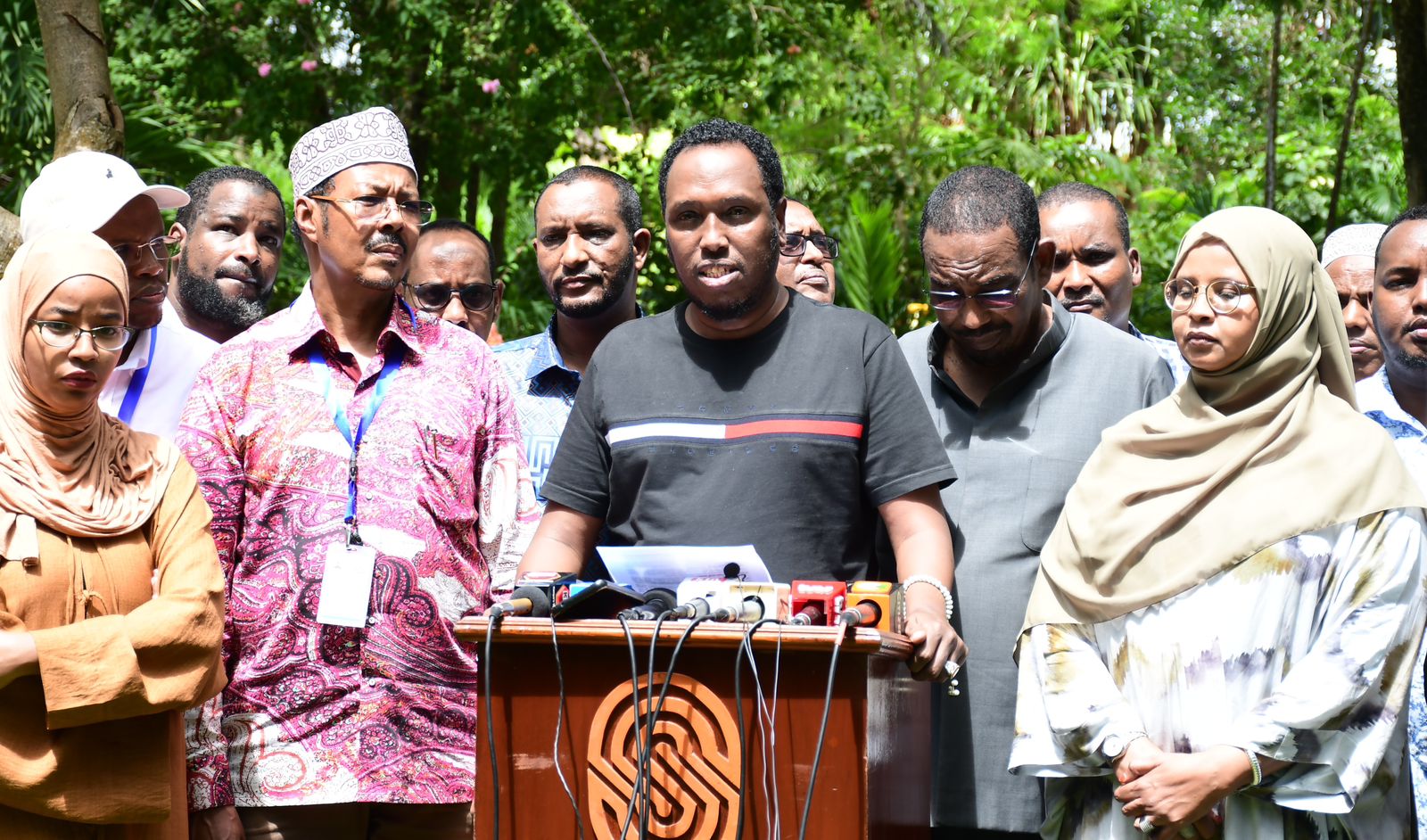
The leaders say if the state of roads and infrastructure in the region is improved, then other sectors of the economy will flourish.
The list of development initiatives and programmes requested by leaders and professionals from the North Eastern region is long and touches almost every sector of the economy. However, it is the poor state of roads and infrastructure that worries them most.
The leadership of the North Eastern Parliamentary Group who spoke to The Eastleigh Voice expressed great optimism that President William Ruto's decision to heed their call to visit the region will yield several demands they had made.
More To Read
- North Eastern leaders' great expectations as Ruto visits the region
- North Eastern MPs vow to challenge revenue formula in court
- Northeastern leaders demand equitable share of national revenue, end to marginalisation
- North Eastern politicians launch forum to address insecurity, regional growth
- Roads development key to bolstering investments - Northern Frontier leaders
- North Eastern only behind Nairobi in internet accessibility - CA report
Patron of the group and Dadaab Member of Parliament Farah Maalim said if the state of roads and infrastructure in the region is improved, then other sectors of the economy will flourish.
"We are happy that President William Ruto has shown a willingness to have road projects in the North Eastern completed since some had stalled in the previous regime," said Farah.
Farah mentioned several road networks that the government has committed to have finished to improve transportation and connection in the region. He gave the example of building 135km of low-volume sealed roads from Rhamu to El Wak whose works are near completion.
According to data from the Commission of Revenue Allocation, the North Eastern region lags behind in having the least number of roads improved to bitumen standards.
To best tackle the region's massive challenges following prolonged decades of marginalization, the leadership of the region had formed a caucus to engage the national government. Farah and the Chairperson of the group Adan Keynan (MP Eldas) have convened stakeholder engagements to prioritise matters to be addressed.
In October last year, they convened a three-day stakeholder engagement in Mombasa that was attended by about 30 Members of Parliament primarily from the North Eastern Region. The meeting tackled critical issues such as historical marginalization, poor infrastructure, inadequate teacher deployment, and insecurity challenges that have long impeded the region's development.
Critical platform
Fafi MP and the Group Secretary General Salah Yakub said that the engagement serves as a critical platform for generating solutions to the persistent challenges that have historically disadvantaged North-Eastern Kenya.
"Through unity and a clear development strategy, we can chart a new path for our region's future," said Salah.
According to Farah the region and its leaders needed a combined effort to bring development. "Let us make an effort to look different. We need a master plan for developing our region; we can turn the tide of our historical injustices, but we must walk the talk.
Leaders from Wajir County have even in the past visited the Roads and Infrastructure Ministry to seek help with the poor state of roads in the county.
Most roads are usually impassable following periods of floods that often cut off the region from other parts of the country.
Road transport is the most widely used means of transport in Kenya. More than 64 per cent of freight traffic and 93 per cent of passenger traffic is by road.
"On access, more than 80 per cent of the residents of the city counties of Nairobi and Mombasa are able to access a motorable road within two kilometres, whereas in the arid and semi-arid lands (ASAL) counties of Turkana, Marsabit, Wajir, Mandera, Samburu and Tana River, less than 20 per cent of their population have access to a motorable road within two kilometres," notes a report on the state of inequality in Kenya published by the Commission on Revenue Allocation (CRA).
It also states that roads are a key factor of production, which also attracts other services such as health and education. The low proportion of paved roads in the sparsely populated counties is, therefore, a determent to these areas from accessing other social services.
Top Stories Today

